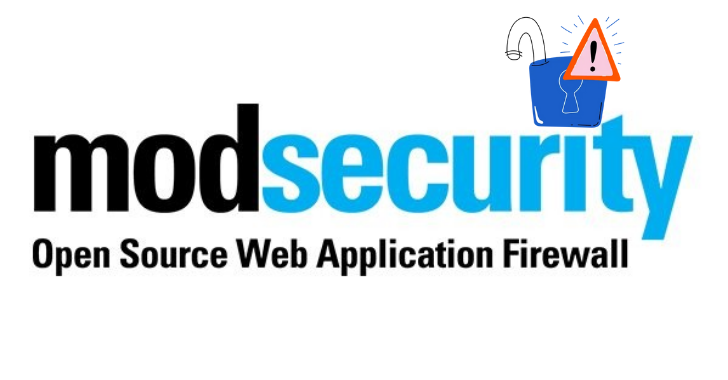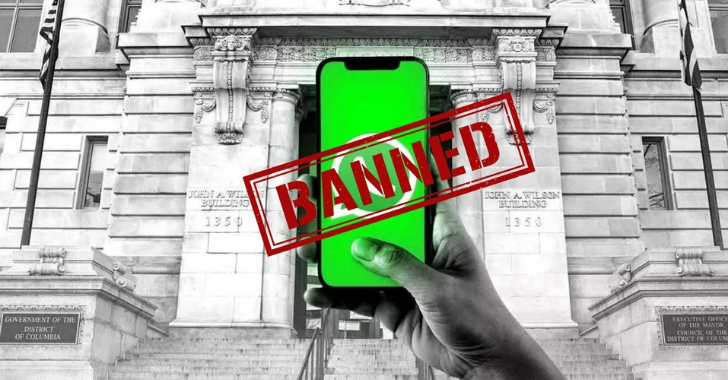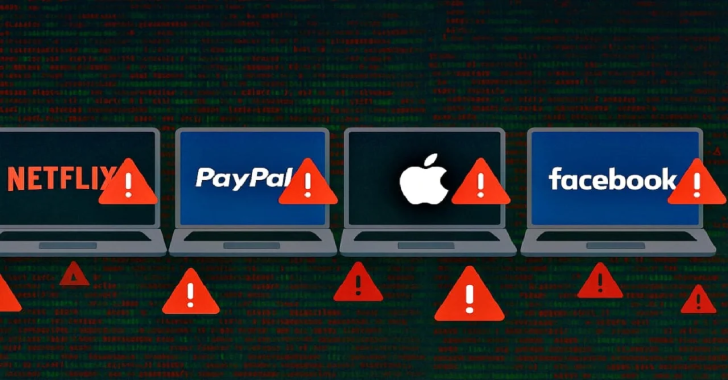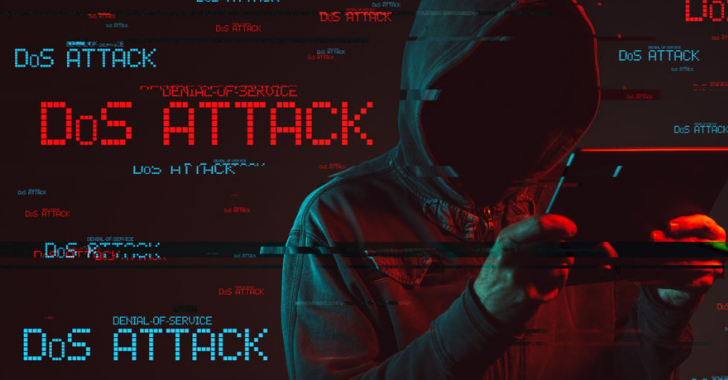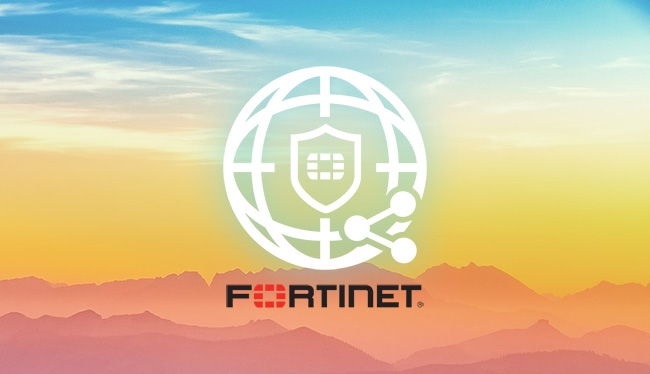In today’s rapidly evolving digital landscape, organizations and individuals alike are facing a growing wave of cybersecurity threats. From ransomware to supply chain attacks, staying updated with the latest cyber threats and advisories is not just important—it’s absolutely critical.
Rising Tide of Ransomware Attacks

Ransomware continues to dominate the threat landscape in 2025. Cybercriminals deploy sophisticated malware variants that encrypt critical data, demanding substantial ransoms in cryptocurrency for decryption keys. Recent advisories from CISA (Cybersecurity and Infrastructure Security Agency) have reported a sharp rise in ransomware groups targeting healthcare, finance, and education sectors.
The most prevalent ransomware strains today include:
- LockBit 3.0 – A modular strain often used in double-extortion campaigns.
- BlackCat (ALPHV) – Known for its speed and encryption efficiency.
- Royal Ransomware – Employing call-back phishing for initial access.
Mitigation Advice:
- Implement air-gapped backups.
- Enforce multi-factor authentication (MFA).
- Use network segmentation and least privilege principles.
Zero-Day Vulnerabilities Exploited in the Wild
Zero-day vulnerabilities, which are previously unknown flaws in software or hardware, are being weaponized faster than ever. Threat actors exploit these gaps before developers can issue patches. In Q2 2025 alone, more than 50 zero-day exploits were reported across systems including Windows Server, Google Chrome, and Fortinet firewalls.
Notable Zero-Day Advisories:
- CVE-2025-2134 – A critical flaw in Windows SMB allowing remote code execution.
- CVE-2025-0879 – A Chrome rendering vulnerability actively exploited in phishing attacks.
- Fortinet SSL-VPN Bug – Allowed unauthorized system access without credentials.
Preventive Measures:
- Patch management protocols should be real-time and automated.
- Regularly check vendor advisories (Microsoft, Apple, Google, Cisco).
- Conduct vulnerability scanning weekly.
Phishing Campaigns Using Generative AI

The integration of AI-driven social engineering in phishing campaigns is now a frontline threat. Cybercriminals use ChatGPT-like tools to craft hyper-personalized emails, significantly increasing click-through and compromise rates.
Trending Tactics:
- Business Email Compromise (BEC) schemes using spoofed C-suite addresses.
- Spear-phishing with real-time location and behavioral data.
- Fake multi-language job offers with malicious attachments.
Advisories from CERT and NCSC emphasize user training, anti-phishing software, and DNS-based email authentication mechanisms like SPF, DKIM, and DMARC.
Supply Chain Attacks Targeting Software Vendors
In 2025, supply chain attacks are the new battlefield. Attackers compromise a trusted vendor’s software or services, infecting all downstream clients. The SolarWinds and Kaseya attacks set the precedent, and new advisories signal similar breaches in smaller vendors.
Recent Incidents:
- Malware injected in NPM JavaScript libraries used by enterprise apps.
- Exploits in Docker Hub images impacting CI/CD pipelines.
- Compromise of third-party remote monitoring tools.
Defensive Strategy:
- Employ Software Bill of Materials (SBOM) practices.
- Perform continuous code integrity checks.
- Restrict third-party software integration via access controls.
IoT and OT Systems Under Siege
The attack surface is expanding with the surge in Internet of Things (IoT) and Operational Technology (OT) deployments across industries. These systems are often under-secured and poorly segmented, making them prime targets for exploitation.
Current Threats:
- Mirai-based botnets attacking smart home devices.
- Exploitation of SCADA systems in manufacturing and energy sectors.
- Compromised connected medical devices in hospitals.
Mitigation Guidance:
- Regular firmware updates and device authentication.
- Use of network access control (NAC) tools.
- Segmentation of IT and OT networks.
Cloud Environment Misconfigurations

With rapid cloud adoption, misconfigurations in AWS, Azure, and Google Cloud continue to be exploited. Many breaches stem from publicly exposed S3 buckets, weak IAM policies, and unencrypted storage.
Recent Cloud Security Advisories:
- AWS S3 Bucket Indexing Flaw exploited by ransomware gangs.
- Kubernetes Role Escalation Exploit allowing privilege abuse.
- Unprotected API endpoints leading to mass data exfiltration.
Security Best Practices:
- Use infrastructure-as-code (IaC) scanning tools.
- Apply principle of least privilege (PoLP) for IAM roles.
- Enable logging and alerting across all cloud resources.
Emerging Threats: Deepfakes and Quantum Risks
The future is already here. Deepfake technology is being used for impersonation attacks, where fake video/audio is used to scam organizations. At the same time, experts warn of quantum computing threats to current cryptography models.
Proactive Defenses:
- Invest in deepfake detection tools.
- Begin post-quantum cryptography assessments.
- Follow NIST’s quantum-safe recommendations.
Global Cybersecurity Advisories to Follow

Staying updated with real-time cyber advisories from authoritative bodies is essential. We recommend monitoring:
- CISA (cyber.dhs.gov) – Critical Infrastructure Alerts
- ENISA (European Union Agency for Cybersecurity)
- US-CERT (us-cert.gov)
- NCSC (UK’s National Cyber Security Centre)
Subscribe to their RSS feeds or mailing lists for priority alerts.
Conclusion: Building a Proactive Cybersecurity Posture
The cyber threat landscape in 2025 is more volatile and sophisticated than ever before. Organizations must adopt a proactive stance, integrating real-time threat intelligence, automating defenses, and cultivating a culture of cyber awareness.
The key lies in a layered defense strategy—combining technical controls, human vigilance, and continual improvement through testing, auditing, and adapting to the latest threats.


